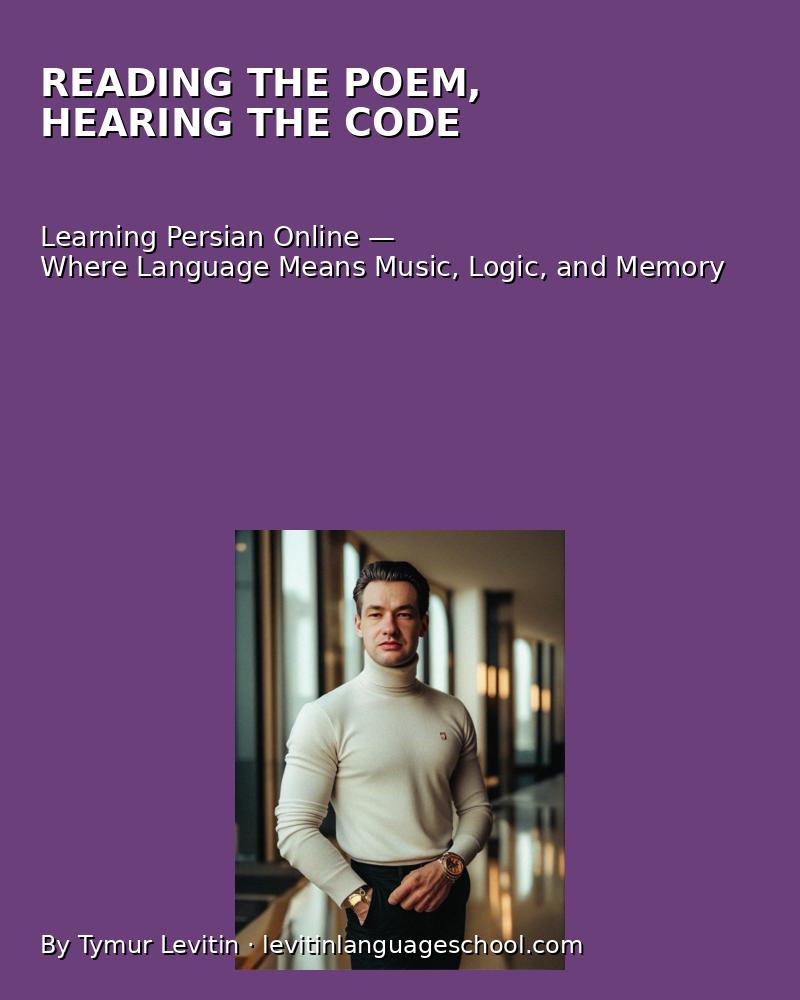Language is not only about words — it’s about meaning. And meaning, in turn, is often shaped by emotion. When translating from English to Ukrainian or teaching these languages, we face a fascinating and delicate challenge: how to preserve the soul of a sentence, not just its grammar.
The Lexicon of Feeling — Words That Hurt or Heal
Every language has its own emotional palette. Consider the English phrase:
- “I miss you.”
In Ukrainian, we might say “Я сумую за тобою,” or more poetically “Мені тебе бракує,” oder “Я тужу за тобою.” Each carries a slightly different hue — sorrow, longing, or quiet emptiness. - “Resentment” doesn’t map directly to “злість” oder “образа.” The English word may contain a slow-burning, quiet bitterness that Ukrainian expresses differently — sometimes through a whole phrase, not just a word.
This is where both translator and teacher become interpreters of feelings, not only language.
Grammar with Emotion — Not Just Structure
Grammar isn’t just rules — it’s rhythm and tone. English uses tense to shape emotional depth:
- “I have been thinking of you.” — This present perfect continuous form has a feeling of duration and emotional weight.
- “If only I had known…” — A conditional that carries regret, best mirrored in Ukrainian through structures like “Якби ж я знав…”
Ukrainian, in contrast, conveys emotion through particles like “же,” “хіба,” “ну” and through the musicality of sentence endings. The same sentence, when reworded slightly, may carry tenderness or sharpness — depending on the grammar used.
Stylistic Devices That Carry the Soul
Sometimes, a metaphor says more than a thousand literal words. One example I often share with students comes from Ukrainian poetic language:
🟩 “Моя душа — як розбите дзеркало.”
A literal English translation might be:
- “My soul is like a broken mirror.” — accurate but flat.
A better version — more emotionally aligned — would be:
- “My soul is shattered like a mirror — still whole in the frame, but broken in reflection.”
Why? Because this version doesn’t just describe a state. It evokes a visual, emotional, and symbolic experience. The idea of a mirror that is still in place but fractured reflects inner pain that remains unseen from the outside — just like the original.
This is what great teaching — and great translation — aims for: resonance, not replication.
What It Means for Teachers and Translators
Teaching language isn’t about throwing grammar rules at students. It’s about helping them express what matters.
A student may ask: “How do I say that I’m angry but trying not to show it?” That’s not in any textbook — but it’s in real life.
As a teacher, I help them find the words that fit their thoughts. As a translator, I find the thoughts behind the words.
How We Teach Emotions at Start Language School by Tymur Levitin
Unter Start Language School von Tymur Levitin, also known internationally as Levitin-Sprachschule, we believe that language is more than memorization. It’s about connection.
We teach English and Ukrainian (and many more languages) through conversation, reflection, and storytelling — not just drills.
🟢 You’re not just learning a language — you’re learning how to think and feel in that language.
🔗 Meet Tymur Levitin — your teacher, translator, and guide
Want to Learn Ukrainian or English This Way?
Choose real language. Choose meaning.
🔗 Learn Ukrainian with us
🔗 Englischkurse an der Levitin Language School
Related Reading from Our Blog
→ Language and Emotion in Translation — Precision vs. Feeling
→ Translating Literary Identity — Salinger and Remarque
🖋️ Author’s Column — Tymur Levitin on Language, Identity, and Meaning
© Tymur Levitin — founder, senior teacher, and certified translator
Start Language School by Tymur Levitin / Levitin Language School
























